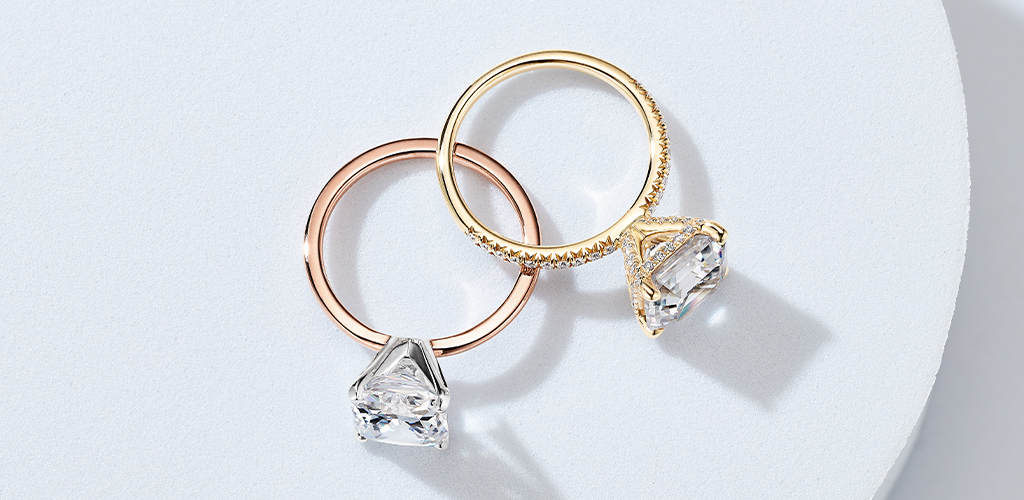
Rose gold and yellow gold, are so similar, yet so different. Yellow gold has long been a traditional choice, while rose gold’s romantic qualities have made it an increasingly popular option. So which one should you choose? We will break it all down so you can get your golden glow.
Yellow gold has a rich history that dates back thousands of years. Due to its historical rarity, gold was seen as a symbol of wealth and status. While gold is more accessible today, it is still just as beloved.
A common misconception is that yellow gold engagement rings and jewelry is made of pure gold, it is not. Instead, it is composed of pure gold and at least one other alloy or metal. Why? Because it is too soft. In fact, no jewelry is ever pure gold because pure gold is SO soft, that it cannot be worn as jewelry.
The metals or alloys that are added to pure yellow gold strengthen it, allowing it to be worn and giving it those warm tones we know and love.
So what does this mean for you? Below we breakdown the “K’s” as they relate to yellow gold:
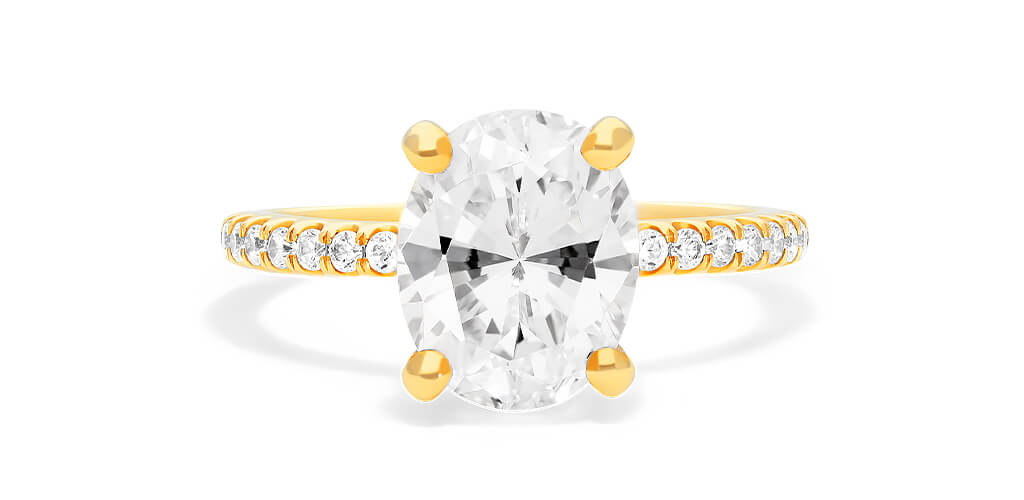
Rose gold has its own rich history. First coming to popularity in the early 19th century, it was used in the famous Faberge Eggs. It then found popularity in the United States during the 1920s because many felt the warm hues added femininity to their looks.
Similar to yellow gold, rose gold has its own misconceptions. Namely, that it is not “real gold.” This is because it’s a mix of metals, however, rose gold is absolutely real, but rose gold engagement rings and jewelry are not 100% pure gold.
Rose gold jewelry, similar to yellow gold, is a blend or alloy of rose gold and other metals or alloys including copper and silver. It is the copper that gives rose gold its romantic pink hue. The more copper in the alloy, the pinker it looks.
The breakdown of rose gold “K’s” is the same as yellow gold:
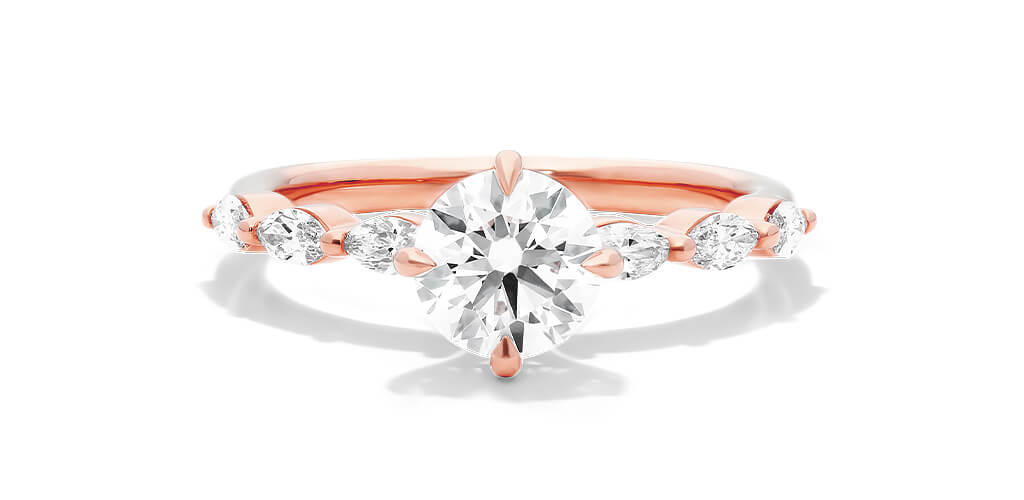
A key difference between rose and yellow gold is their appearance, which comes from the alloys mixed with them. Rose gold relies more on copper to get its pinkish color, while the metals and alloys mixed with yellow gold are whiter to give it the warm tones we know and love.
How you maintain and care for your rose and yellow gold jewelry can be a bit different, this is because of their differences in durability (which we get into below). Overall, both should be kept clean and stored in their original packaging when possible, away from other pieces.
However as yellow gold is a bit less durable, you should be that much more careful with it. But don’t get harsh with your rose gold, it is more susceptible to tarnishing thanks to its copper alloy, and will need extra care when being cleaned.
Key Differences Between Yellow & Rose Gold:
Pure gold becomes different when mixed with alloys and metals. The most popular results of this are the different colors of gold known in jewelry: yellow, white, and rose. When it comes to jewelry, the most popular options are 14k and 18k, as these are the most durable and affordable options.
Some retailers sell 10k and 24k, however, 10k is not as popular because it is over 40% alloys and 24k is widely considered too soft and malleable to wear.
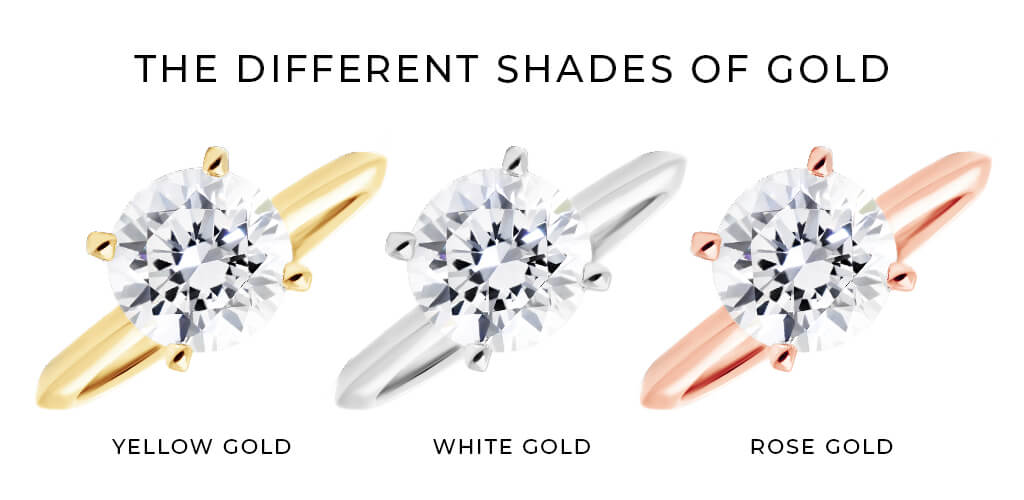
Remember earlier when we talked about the alloys and metals mixed with yellow and rose gold to create the metals we know and love for jewelry? Well, the ones used for rose gold give it an advantage here, making your romantic rose gold pieces more durable and scratch-resistant than your yellow gold jewelry.
This does not mean that yellow gold jewelry is not a good option, in fact, it is quite durable and scratch-resistant. Just not AS durable and scratch-resistant as rose gold.
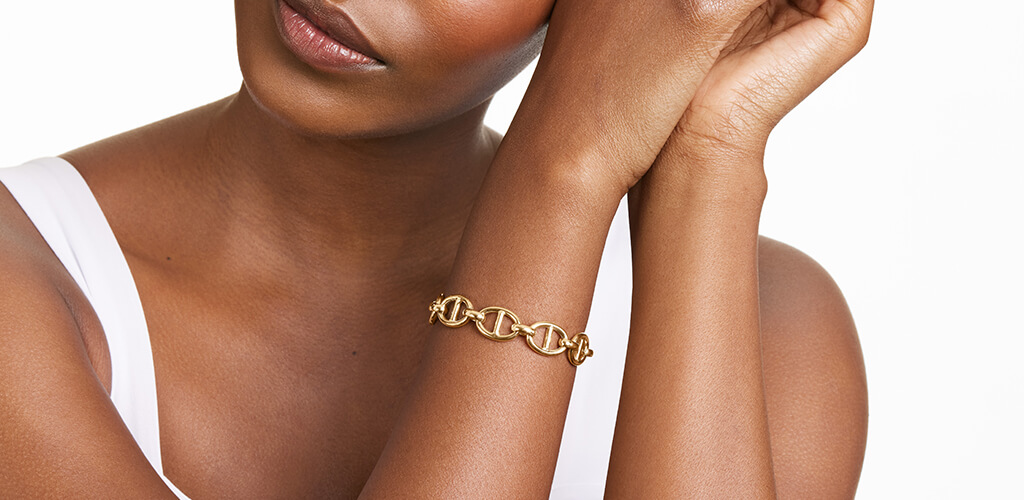
When it comes to jewelry, multiple factors can affect cost including the purity of the metal, the addition of diamonds or gemstones, and the intricacy of the craftsmanship. The cost of gold itself can vary based on market demand, inflation, and even geopolitics!
Because rose gold’s main alloy is copper, it is generally priced lower than yellow gold. The alloys used in creating yellow gold jewelry are generally priced higher, resulting in yellow gold costing more than rose gold.
And don’t forget purity, 18K pieces for yellow and rose gold, will generally cost more than their 14k options. So remember, with all the factors and fluctuations, the price differences can be anywhere from negligible to significant.
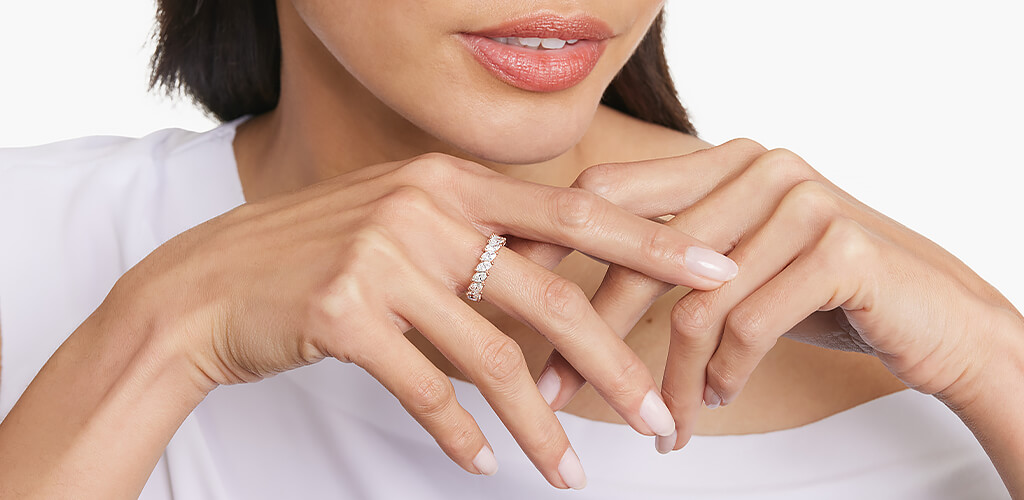
While the best color gold is the one you love best, there are considerations when it comes to your skin tone. For instance, some metals can clash or complement more than others. As the metal of your jewelry comes in direct contact with your skin, it is ideal to choose the metal that is the most complimentary.
If your skin is more yellow with golden hues beneath the skin, then much like the hues under your skin, yellow gold will look best on you, but rose gold is a very close second.
If you are lucky enough to have skin that is more of an olive tone, a mix of the above-mentioned skin tones, then you can choose any color gold or metal you like, because they will ALL look equally great!
And if your skin is more red and pink, with bluish hues underneath the skin, white metals such as white gold or platinum will flatter you the most.
Related Post: How To Choose The Right Jewelry For Your Skin Tone
Some of the biggies are style, budget, lifestyle, and skin tone. There are also hypoallergenic properties to consider (yellow gold edges out rose gold in this).
We happen to think they are both fabulous so if you also can’t decide, get both! Because they complement each other beautifully!
Absolutely! Rose gold is very much real gold that is made of yellow gold and alloys, such as copper.
Yes! Because rose gold is comprised mainly of pure gold, its resale value is always good.
Which “k” is better depends entirely on what your preferences and needs are. 14k rose gold is more durable than the 18k version (as is true for yellow and white gold), because of the pure gold to alloy ratio.
White gold is made up of pure gold and alloys including nickel and zinc, and coated with rhodium. The alloys not only give durability but also give white gold its icy white color.